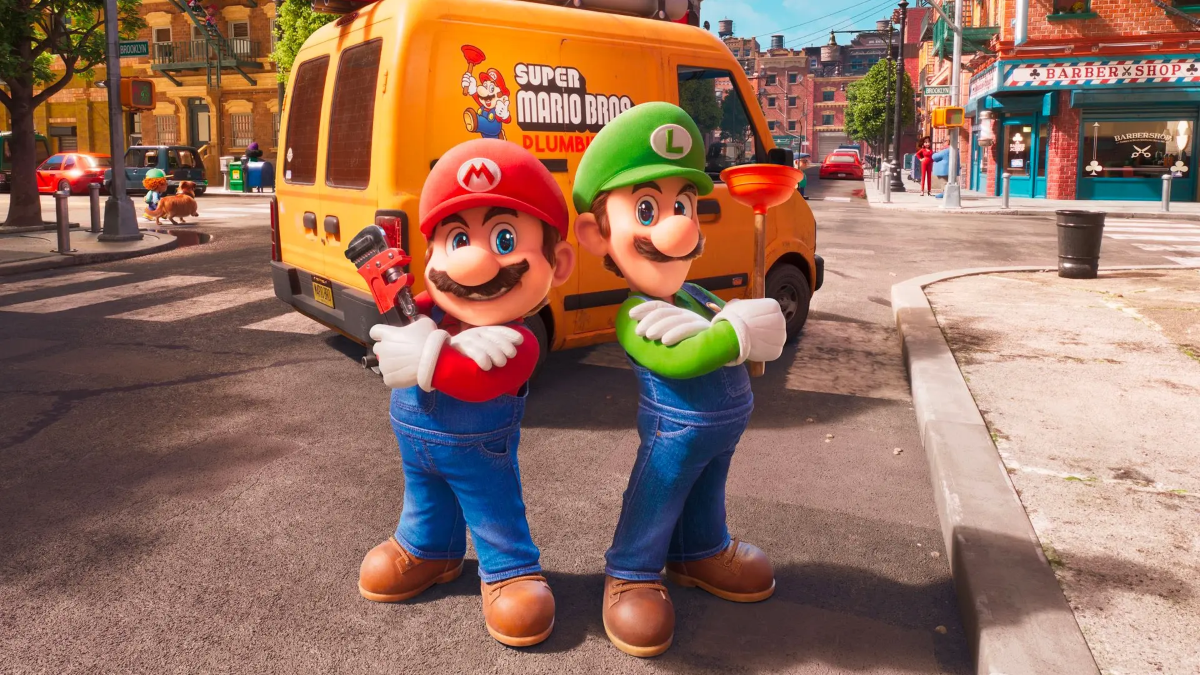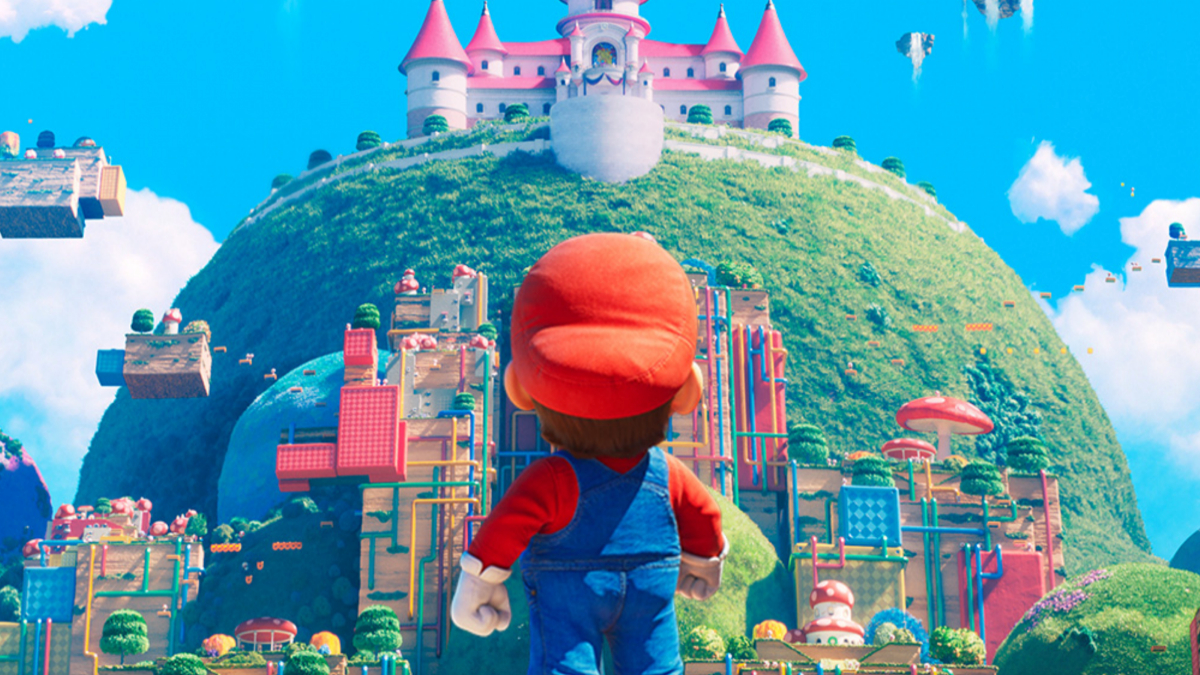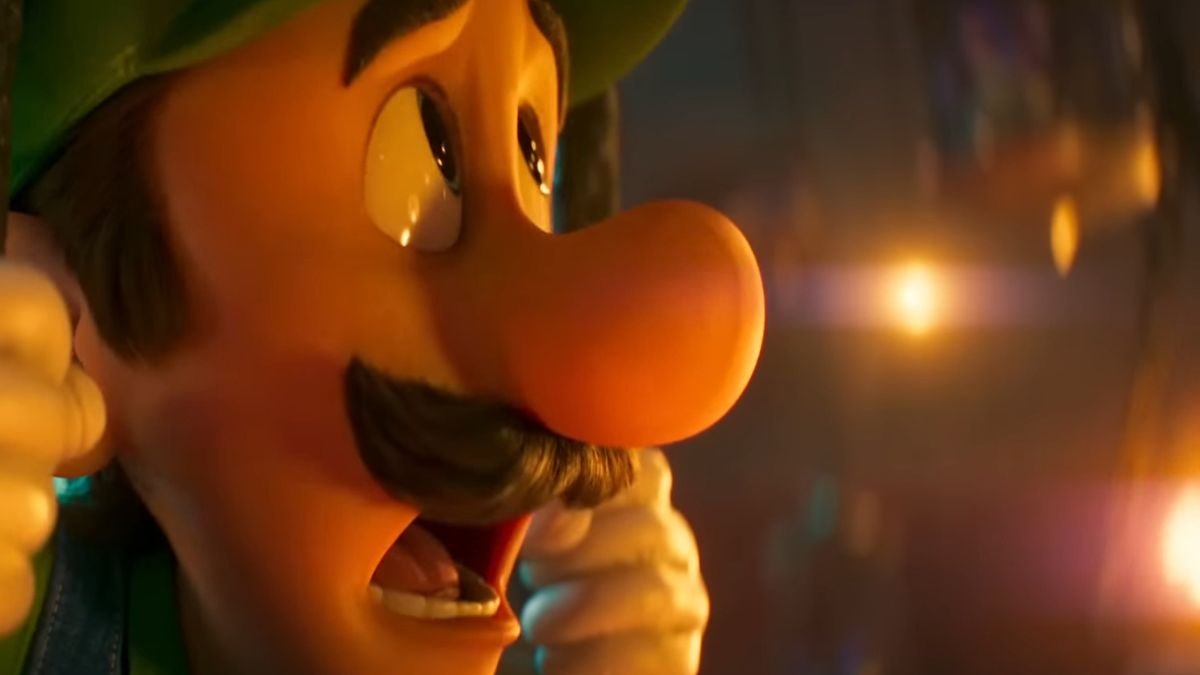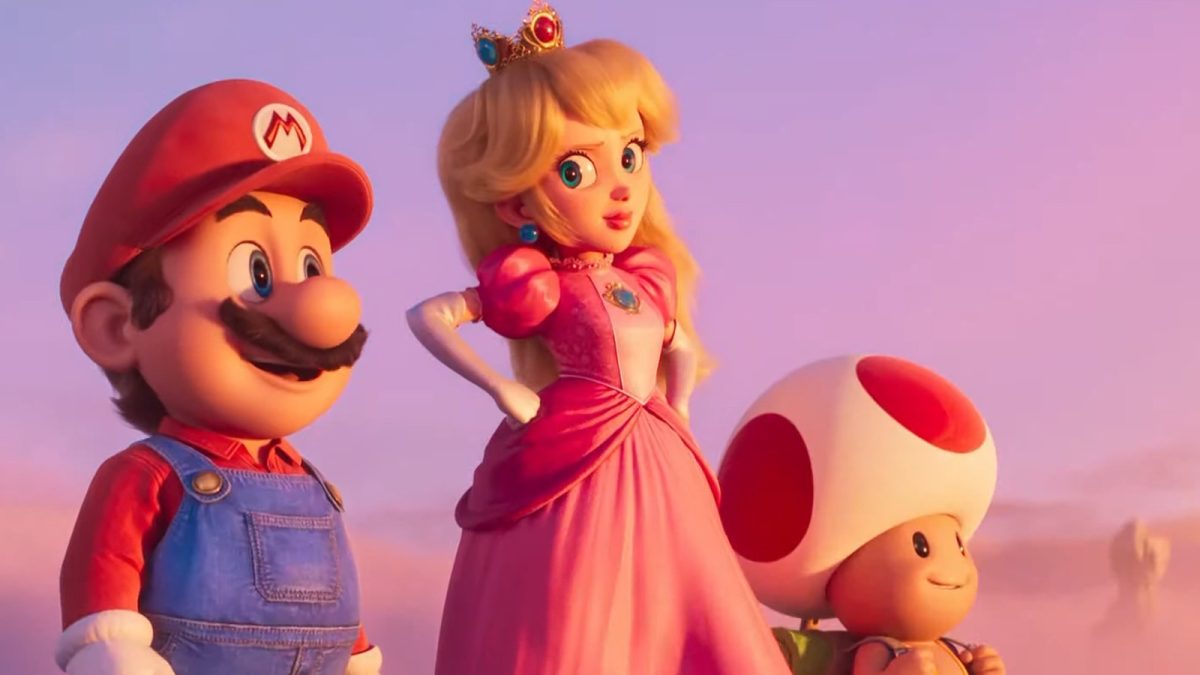The Super Mario Bros. Movie, to the surprise of no one, is in the midst of a rollicking box office domination. Having more than quadrupled its production budget, becoming the second-highest-grossing video game film adaptation of all time (behind Warcraft), setting a new record for the biggest worldwide opening for an animated film, as well as the biggest domestic debut for a video game adaptation, it looks like Illumination and Nintendo can check this one off as “mission accomplished” by most observable metrics.
It made money, delivered a delightful ride for children, and, not to be forgotten, topped the 1993 Super Mario Bros. film in just about every area (although, that was probably achieved as soon as the production was greenlit).
Despite all of this, the adaptation has received more poor critical reviews than positive, and rightly so.
The Super Mario Bros. Movie is not a good movie. It’s a perfectly harmless slice of entertainment that’s undeserving of any hate, and does more than enough to appease its younger viewers, but in no way does that mean it gets a pass for its poor plotting, weak characterization, or any number of storytelling fundamentals that were given the bare minimum of effort.
One may point to the fact that it’s a children’s film to dismiss the merits of critiquing it, but not only would that be a woeful disregard of the value of critique (which many people, critics included, are guilty of), it would be a scathing insult to children’s films as a whole.
Why should children’s films be critiqued?

The ultimate, fundamental goal of critique is to identify the ways in which something could be made better and to have the tools to improve both the work itself and subsequent works in similar veins.
So, it automatically becomes useless and nonsensical to throw any sort of hate at The Super Mario Bros. Movie. If critique seeks to build something up, even if the window to improve it has passed, then anything looking to tear something down should never be regarded as the prime voice of critique, certainly not by a film like Mario, which was loved wholeheartedly by children.
And it’s true. Mario did a spectacular job at making children love it. That, and many other aspects, deserve credit where credit is due. Jack Black and Anya Taylor-Joy crafted excellent voices for Bowser and Peach, and there was commendable care and whimsy in each one of the film’s many Easter eggs.
With that said, there are few easier tasks than getting small children to enjoy a film like this. Toss in all of those bright colors, a Minions-esque gag here or there, and pack it full of references to some of the more recent games, and they’re sold. As far as they’re concerned, it’s the best thing ever.

But then, you may ask, if children love a children’s movie, how can we say that it’s not a good movie?
What honest critique would argue is that you can absolutely have all of these things that the children love and still make a good movie. You can have all of those delightful Easter eggs and still write meatier personalities for the characters. You can have a colorful, jam-packed world and still tell a story beyond weakly connected if fun set-pieces, and you can include the exact humor used in the film while still getting audiences of all ages invested in the characters.

Did the Mario movie need to do these things? No, evidently not. Was it obligated to do these things? Absolutely not.
But did The Lego Movie need to come up with such a beautiful walk-to-your-own-song narrative? No. Did the How to Train Your Dragon films need to make us care about Hiccup, Astrid, and their relationship to family as much as we did? No. Did the Toy Story franchise need to be the generation-defining, colorful, hilarious, sob-inducing celebration of friendship and the bittersweetness of growing up that it has been and always will be? No, it was absolutely not obliged to do that.
To suggest that children’s films are beyond critique, that they don’t need to be anything more than senseless sugar rushes, is perhaps the most deceptively malignant assertion about children’s films that one can possibly make. Children’s films, and all films for that matter, are not obliged to be good, meaningful entertainment, but it’s not about obligation; it’s about what something can be, and what its creators want it to be.
And maybe the creators of The Super Mario Bros. Movie wanted it to be exactly as it ended up being — a firmly inoffensive, largely mindless love letter to the Mushroom Kingdom, and that’s perfectly okay.

But honest critique still begs the question: why not go further? Why stop at just checking the fan service boxes when you can also connect your story beats more succinctly, inject more personality into your characters, and overall focus on not just making a movie that kids will love, but making a genuinely good movie that kids will love just as much?
And let’s not even get into the fact that, realistically, a Mario film’s target audience certainly isn’t limited to young children. After all, we’re talking about a franchise that the entire world fell in love with way back in the 80s, a love that has persisted with those same people, generation after generation, to this very day. So, if anything, it’s quite strange that the Mario film decided against being a more well-rounded movie in favor of hitting the theme park basics that would simply satisfy its younger viewers.
All in all, there’s nothing inherently wrong with how The Super Mario Bros. Movie turned out, nor does it deserve any hate for the low bar that it set for itself. But, even if its impossible-to-deny potential for a higher ceiling wasn’t a factor, in no way does that mean that it’s beyond good, honest, healthy critique that the Nintendo adaptations of tomorrow might take a look at and think “yeah, this can be even better.”

